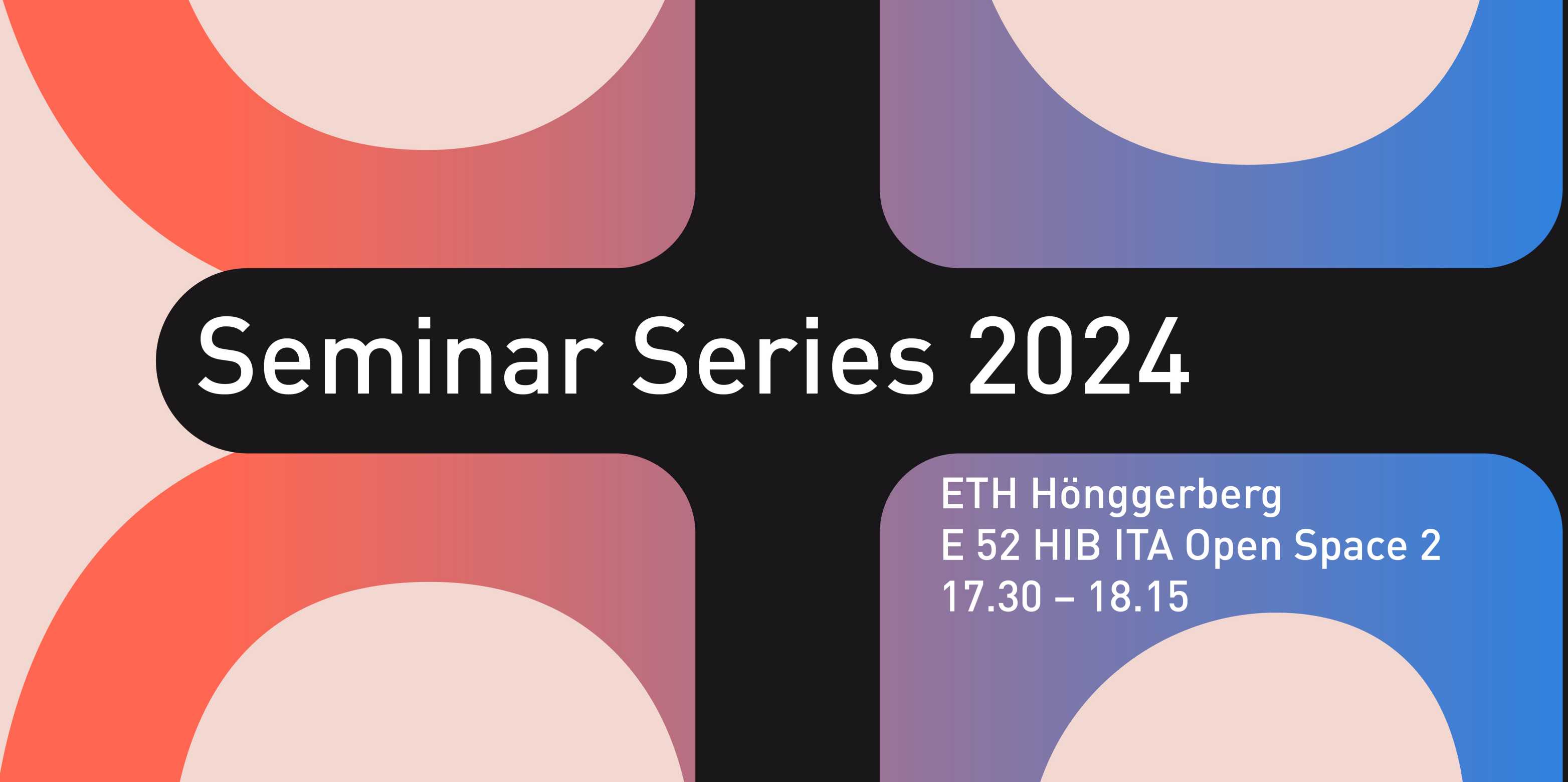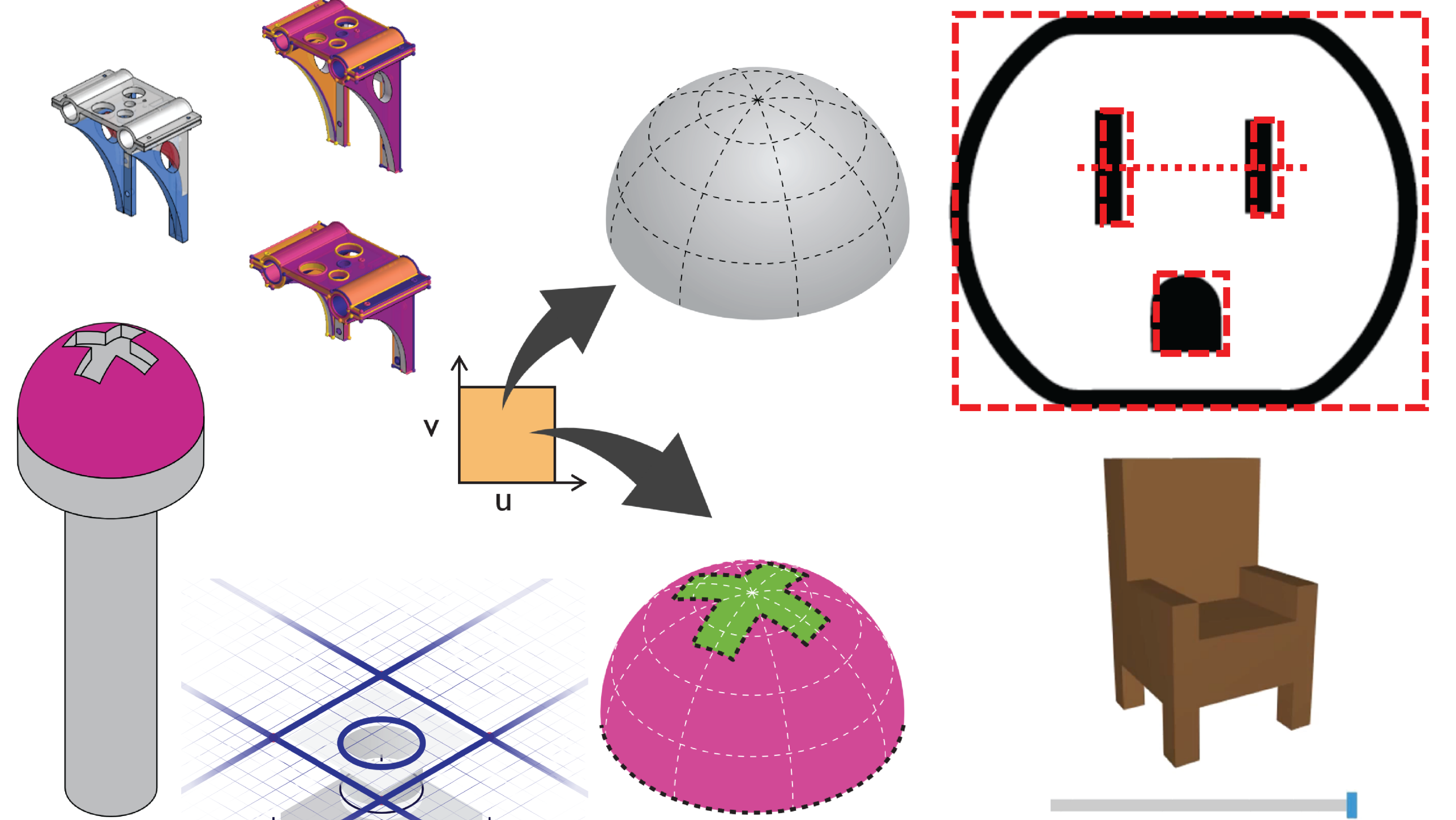
Seminar Series 2024
Join us as we launch another year of fostering knowledge exchange between academia and industry. The Seminar Series focuses on the fields of AI, ML, AR, and VR within the AEC domain. Our team, which includes Fabio Scotto, Andreas Müller, Nijat Mahamaliyev, Danielle Griego, and Erika Marthins, has curated an incredible lineup of top experts who will share insights, innovations, and trends that will shape the future of design and technology.
Our first informative talk is about revolutionizing Computer-Aided Design (CAD) with the help of machine learning. You'll get to know how Benjamin Jones, a PhD student at the University of Washington, is using AI to tackle the complexities of CAD modelling.
In this session, Benjamin will discuss the challenges of implementing machine learning in CAD systems and present his research on generating procedural representations of CAD models using semantic information. Benjamin has a background in physics and computer science. His research combines geometry, machine learning, and computational fabrication to explore complex design spaces and transform the way CAD modelling is done.
Abstract: Computer-Aided Design (CAD) systems use two representation schemes, parametric geometry and procedural modelling, to achieve precision, accuracy, and editability. However, applying machine learning to CAD modelling has been difficult due to these constructs' complex and heterogeneous nature, resulting in a lack of AI in mechanical design. In this talk, Ben will discuss overcoming these challenges and enabling learned CAD model analysis. Ben will also present new and ongoing work on generating procedural representations of CAD models using semantic information from foundational text and image models.
Benjamin Jones is a PhD student at the Paul G. Allen School of Computer Science & Engineering at the University of Washington, advised by Adriana Schulz. His research focuses on bridging geometry, machine learning, and computational fabrication. He is interested in exploring complex design spaces and is currently working on neural representations for CAD geometry and AI exploration of CAD design spaces. Before joining the University of Washington, he earned bachelor's degrees in physics and joint mathematics and computer science from Harvey Mudd College. He helped develop a wireless power transmission array for space-based solar power and built distributed systems for web analytics at Quantcast. He also worked on computational imaging (Fourier ptychography) in the Biophotonics Laboratory at Caltech.
